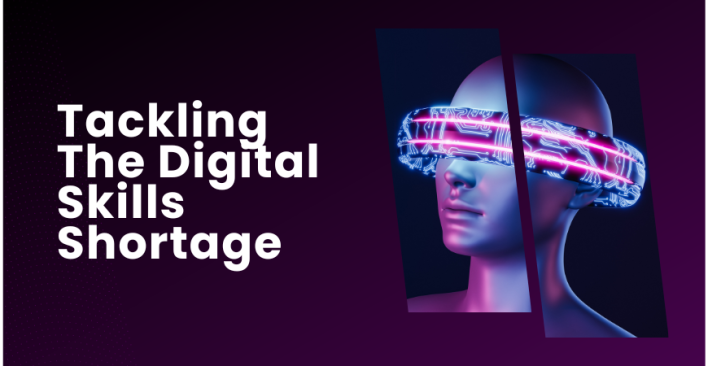Another Legal KO to Uber – What does this mean for the Gig Economy?

Organisations and gig economy platforms will need to take steps now to ensure their workers are appropriately characterised or risk getting caught up in a legal system that’s still trying to catch up with the fast-growing gig economy says Nick Duggal, employment law specialist and Partner at Moray & Agnew.
A recent ruling by the South Australian Employment Tribunal deemed that a driver performing chauffeur work using a car leased from a limousine company to be a worker instead of a subcontractor. The driver, Joshua Schultz, obtained 90 percent of its work through ride-sharing service, Uber, and spent the rest of his time performing chauffeuring work for Blue Ribbon Passenger Services.
[bctt tweet=”The recent ruling by the South Australian Employment Tribunal could have far reaching consequences.” username=”ATCevent”]
“Whilst Uber was one step removed from a relationship with the driver, this decision has shown the vulnerable situation the ride sharing company and the gig economy is in generally,” says Duggal.
According to the Tribunal’s Deputy President Steven Dolphin, Schultz has provided a “little more than his labour” to the limousine company and a broad approach has been adopted to determine whether there was a contract of service. Dolphin concluded that Schultz had operated under the “obedient milieu” as instructed by Blue Ribbon, including:
- Directing which vehicle he should drive, where to pick up and drop off clients;
- Booking jobs for him through its systems or through Uber;
- Requiring him to wear a uniform and name badge;
- Completing worksheets to record his jobs at the end of each work day;
- Retaining 50 percent of the income earned from each Uber job he picks up;
- Requiring him to pay a shift fee to cover the comprehensive car insurance and the Uber phone each time the vehicle was leased.
In reaching his decision, Deputy President Dolphin also looked at the authorities – the High Court rulings in Hollis v Vabu and Stevens v Brodribb – to assess whether there was a contract of service between Blue Ribbon and Schultz.
[bctt tweet=”Uber and the gig economy in general face increased scrutiny in the light of the recent ruling by SA Employment Tribunal.” username=”ATCevent”]
“This case increases the spotlight on Uber and the gig economy generally and we can expect such relationships to be scheduled for regulatory review more frequently,” says Duggal.
“Most commentators have expressed the view that workers such as Schultz are likely to be found to be employees and gig economy platforms should really be looking into ensuring that their workers are characterised appropriately now to avoid falling foul of employment laws,” he added.
Don’t fall victim to the fuzzy employment legal system! Nick Duggal will be sharing some practical steps to ensuring your workers are appropriately characterised at the upcoming Contingent Workforce Conference on 12-13 September in Sydney. Limited tickets left! Register here.

Related articles
2 Responses to “Another Legal KO to Uber – What does this mean for the Gig Economy?”
Leave a Reply
Sign up to our newsletter
Get a weekly digest on the latest in Talent Acquisition.
Deliver this goodness to my inbox!



I fail to see why Uber is impacted by this?
Uber is a booking platform, a tool, and provides exactly the same output as the other radio/phone systems are that are used in the taxi / limousine companies to generate bookings.
.
I understand that most, if not all, non-owner taxi drivers operate in exactly this way, i.e. earn 50% of the takings, set up as sole traders, yet wear uniforms, are told the shifts they work, and essentially lease the car or shift in same fashion or other.
I’ve never met a single taxi driver who was paid a salary, or an hourly rate (right or wrong), and most non-owner operators will freely tell you that factoring wait times between bookings they usually earn below minimum wage.
It seems to me that a broad determination on the relationship drivers have with companies who direct their work is needed, i.e. a clear method to determine when a driver is an employee and when are they not– but that has absolutely nothing to do with the booking platform used (Uber or any other).
I understand the main contention with Uber is actually when there is no other relationship (i.e. a regular person operating with their own car under their own steam). Those cases revolve around determinations of if/when Uber may be considered the employer, but the reference to Uber in the blog, and it’s possible impacts on the gig economy are a massive stretch — feels like click bait.
We see this as relevant for Uber because they’re currently under investigation by the Fair Work Ombudsman for allegedly mis-classifying their drivers as self-employed, which is similar to the charges laid upon Blue Ribbon by the chauffeur. So what classifies a driver as an employee or a self-employed contractor?
Uber drivers are saying:
– Uber controls every aspect of the job other than the number of hours a driver chooses to work;
– Uber can block a driver’s access to the app and deny income opportunities. A driver with a low star rating risks being deactivated, without a right of reply.
These drivers are arguing that their work agreement with Uber is not like that of a self-employed contractor and that it is in breach of federal workplace laws.
With a precedent set in place by the SA Employment Tribunal on the Blue Ribbon case, it could have a negative bearing on the result of the Uber investigation. And as one of the most prominent industry disrupters, Uber is often regarded as the beacon of the gig economy and the ruling passed down by the Fair Work Ombudsman will, in turn, surely affect how the rest of the contingent space is regulated in the future.